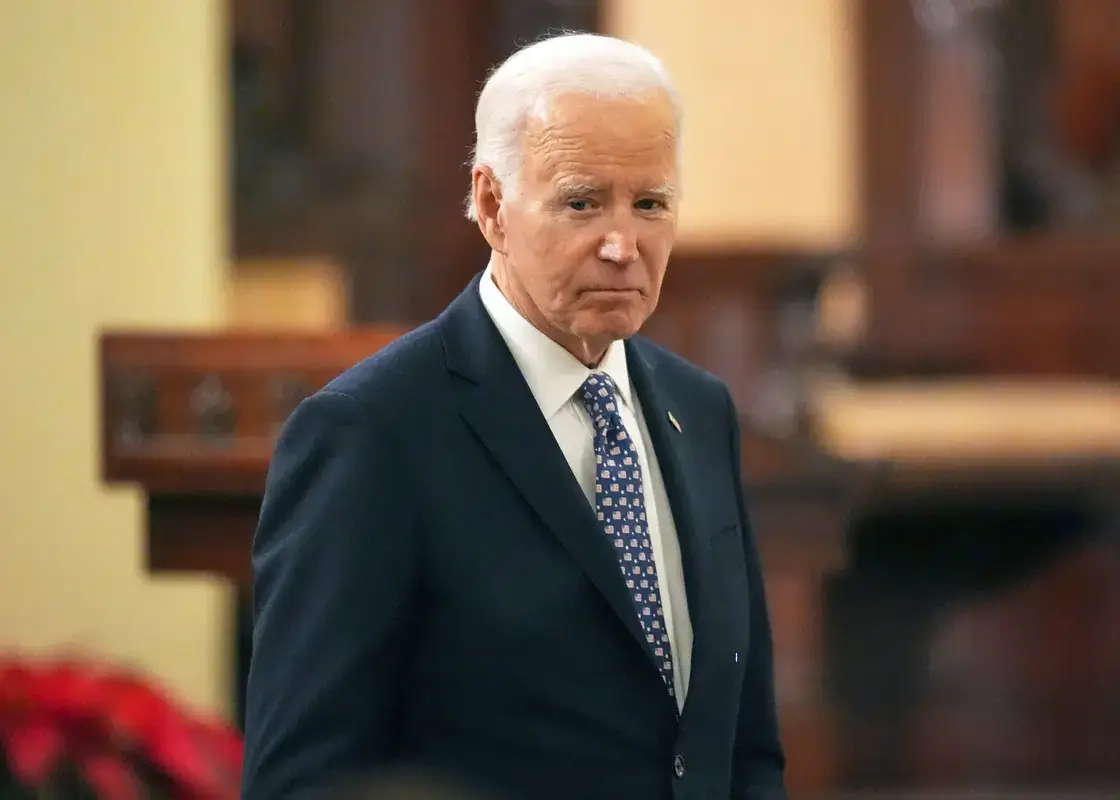Former President Joe Biden has been diagnosed with an advanced and aggressive form of prostate cancer, which has already metastasized to his bones. Despite the severity, his office emphasized the disease is hormone-sensitive—making it more manageable with appropriate treatment.
Prostate cancer remains the second most common cancer among U.S. men after skin cancer, and it’s often treatable, particularly when diagnosed early. The overall five-year survival rate is approximately 97%, though that figure falls to 37% for metastatic cases.
Dr. Ben Davies, urology professor at the University of Pittsburgh, said Biden is facing a particularly aggressive form—among the worst types possible. Prostate cancer is graded using the Gleason score system, based on how abnormal the cancer cells appear under a microscope. Scores range from 6 to 10, with scores of 8 or above considered high-risk. Biden’s cancer has a Gleason score of 9.
Though Dr. Davies is not directly involved in Biden’s care, he stated there are viable treatment strategies available. Hormone therapy can reduce testosterone—the hormone fueling prostate cancer—causing tumors to slow down or shrink. This may be combined with chemotherapy, usually reserved for advanced stages. Radiation therapy also remains an option, shown to prolong survival in patients with newly diagnosed metastatic disease.
“It’s not the end,” Davies said. “He could live for a decade or more with the right treatment plan.” Biden, now 82, is reportedly reviewing his options with his medical team. According to Davies, Biden’s age does not necessarily limit treatments, as eligibility depends more on physiological strength than numerical age.
Still, Davies warned that some therapies may increase frailty, particularly in older patients. Biden’s health and cognitive capacity have faced scrutiny for years, ultimately influencing his decision to forgo a 2024 reelection campaign. On Monday, Biden addressed the public, thanking supporters and sharing a photo of himself with his wife and their cat, saying, “Cancer touches every family. We’re strongest in the broken places.”
The American Cancer Society (ACS) estimates that about 313,780 new prostate cancer cases and 35,770 deaths will occur in 2025. They noted that while the disease is often survivable in early stages, it remains the second deadliest cancer among men. “One in eight men will be diagnosed in their lifetime,” the organization noted, adding that the rate of decline in prostate cancer deaths has slowed in recent years—likely due to later-stage diagnoses.
The ACS also reported that incidence rates have risen by about 3% annually since 2014.
Key risk factors for prostate cancer include age, family history, and race. Black men and Caribbean men of African descent are at higher risk than other demographics. While most cases appear after age 50, 60% are diagnosed in men over 65.
Screening includes a PSA blood test and digital rectal exam. The ACS recommends average-risk men begin screening at 50, high-risk men at 45, and men with two or more first-degree relatives diagnosed early should begin at 40. The U.S. Preventive Services Task Force suggests routine screening only for men between 55 and 69. Beyond that, screening is discouraged for most men, as many cancers found later in life grow too slowly to cause harm.
Davies echoed that approach, saying aggressive screening in older men could do more harm than good. “Most prostate cancers in men in their 80s are very slow-growing,” he said. “Screening could generate unnecessary anxiety. It’s crucial to have a balanced discussion with your doctor.”
In terms of medical progress, Davies pointed out that prostate cancer care has improved substantially in recent years, especially for metastatic disease. These advancements have extended lives and opened doors to better outcomes.
Biden has long been engaged in the national fight against cancer. His son, Beau, died of brain cancer in 2015, a loss that led Biden to champion the Cancer Moonshot initiative. As vice president, he launched the program to consolidate federal research efforts and set a goal of reducing cancer death rates by 50% within 25 years. He relaunched the initiative as president in 2022, aiming to compress a decade of progress in diagnosis, prevention, and treatment into five years.
In contrast, federal science programs have recently suffered funding cuts. New data from the Senate HELP Committee reveals a 31% drop in cancer research funding in the first quarter of 2025 compared to the same period in 2024, tied to policy changes by the Trump administration, which also imposed hiring freezes and regulation shifts affecting research institutions.
Davies stressed that sustained investment in scientific research is essential. “If we want to keep improving prostate cancer care, we must continue funding research robustly,” he said. “That’s the only way forward—for Biden and for every patient facing this disease.”



